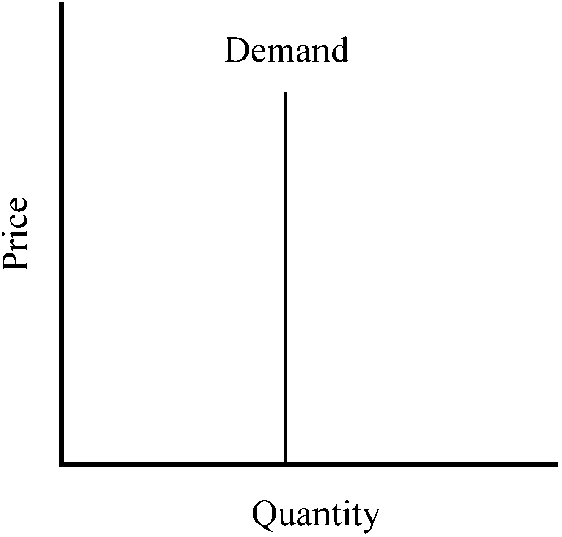Monopolies and oligopolies both erect barriers to entry through the use of
A) price cutting.
B) patents.
C) franchising.
D) advertising.
Answer: B
You might also like to view...
We use a two-period model because
A) the business cycle has two phases: contraction and recovery. B) it is the simplest dynamic model. C) we want to make a distinction between young and old households. D) this is the horizon of the politicians that formulate policy.
Which of the following is true? a. When real interest rates are higher in country A than country B there will tend to be a capital flow from country B to country A. b. When real interest rates are higher in country A than country B there will tend to be a capital flow from country A to country B. c. Capital flows will tend to increase real interest rates in countries with a capital inflow
d. Both b. and c. are correct.
Figure 7-10

depicts a demand curve with a price elasticity that is
a.
unitary, implying that a percent change in price leads to an equal percent change in quantity demanded.
b.
perfectly inelastic, implying that the same amount will be purchased regardless of the price of the good.
c.
equal to zero.
d.
both b and c.
The balance of payments equals
A. the sum of the current account and the financial account. B. the net increase (domestic less foreign) in a country's official reserve assets. C. net investment income from abroad. D. the current account minus net unilateral transfers.